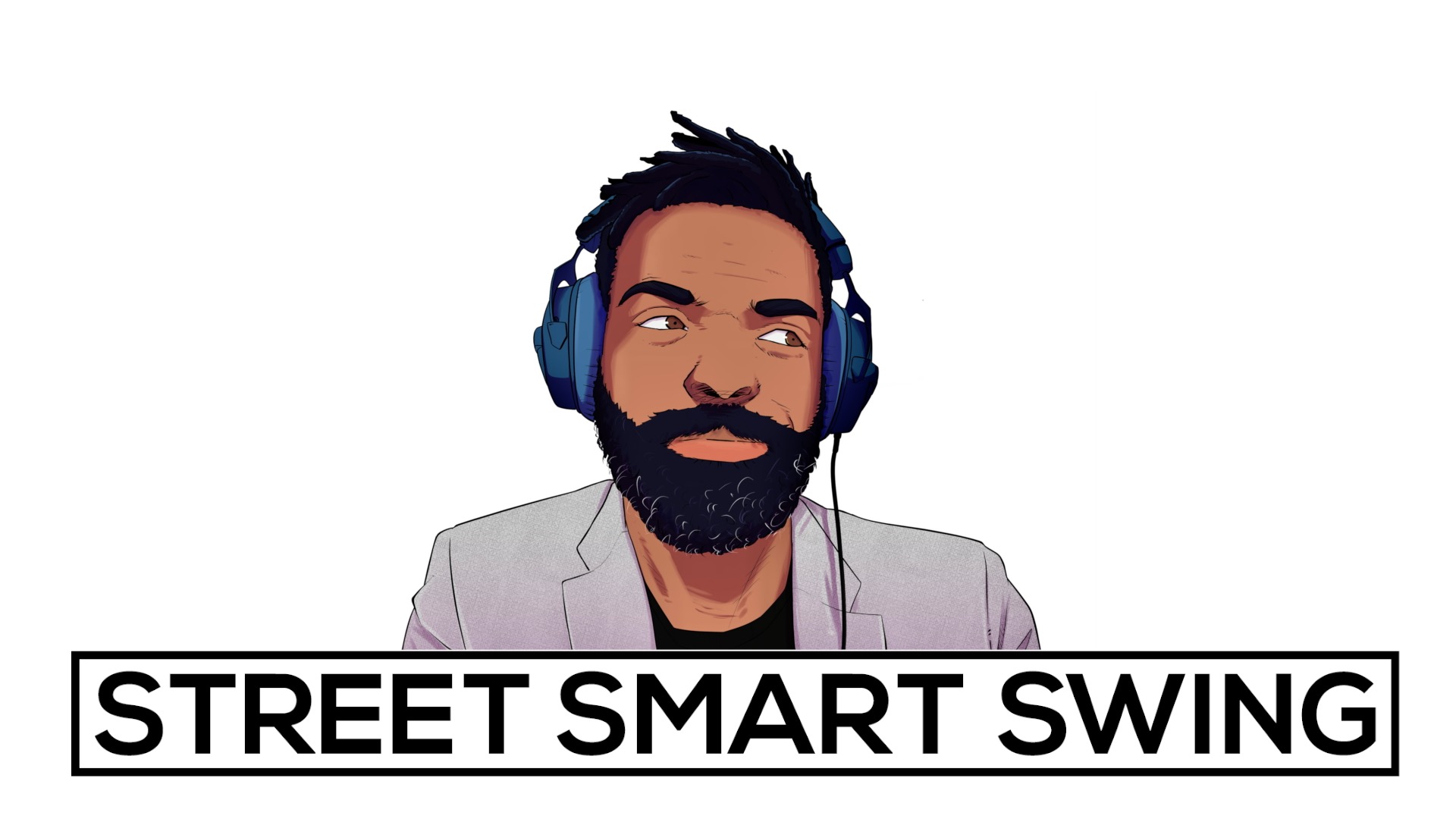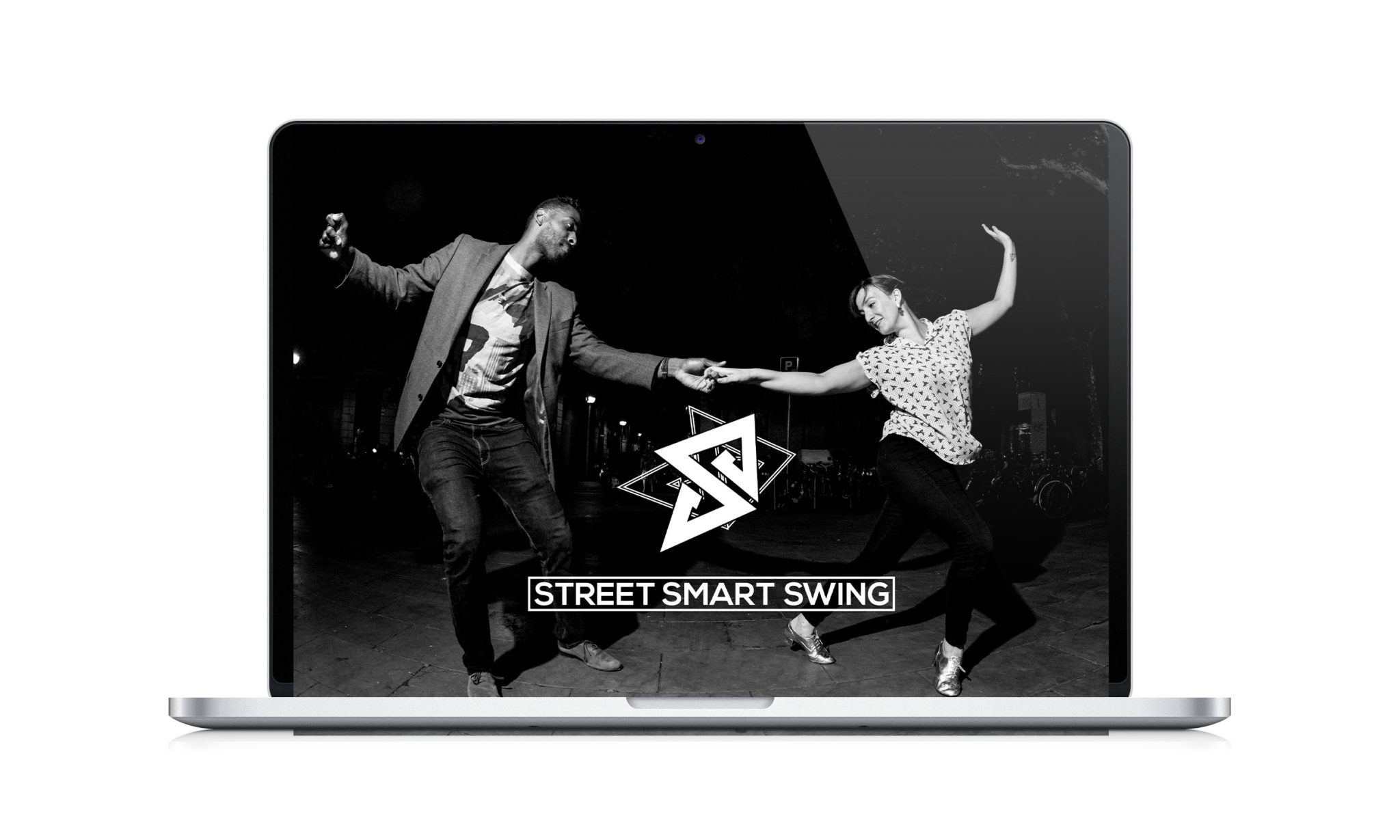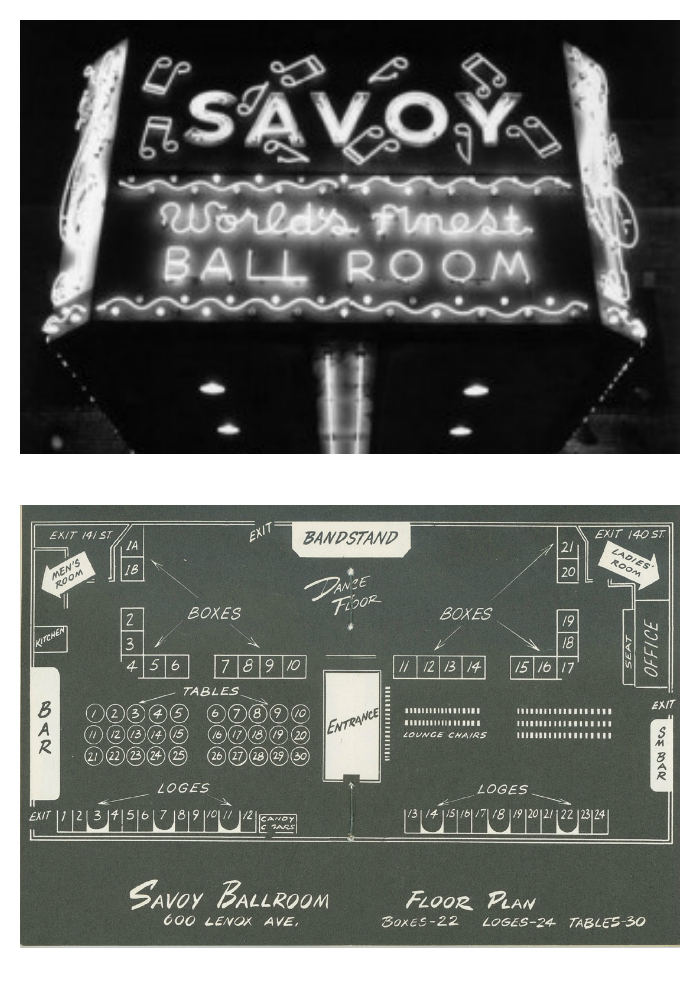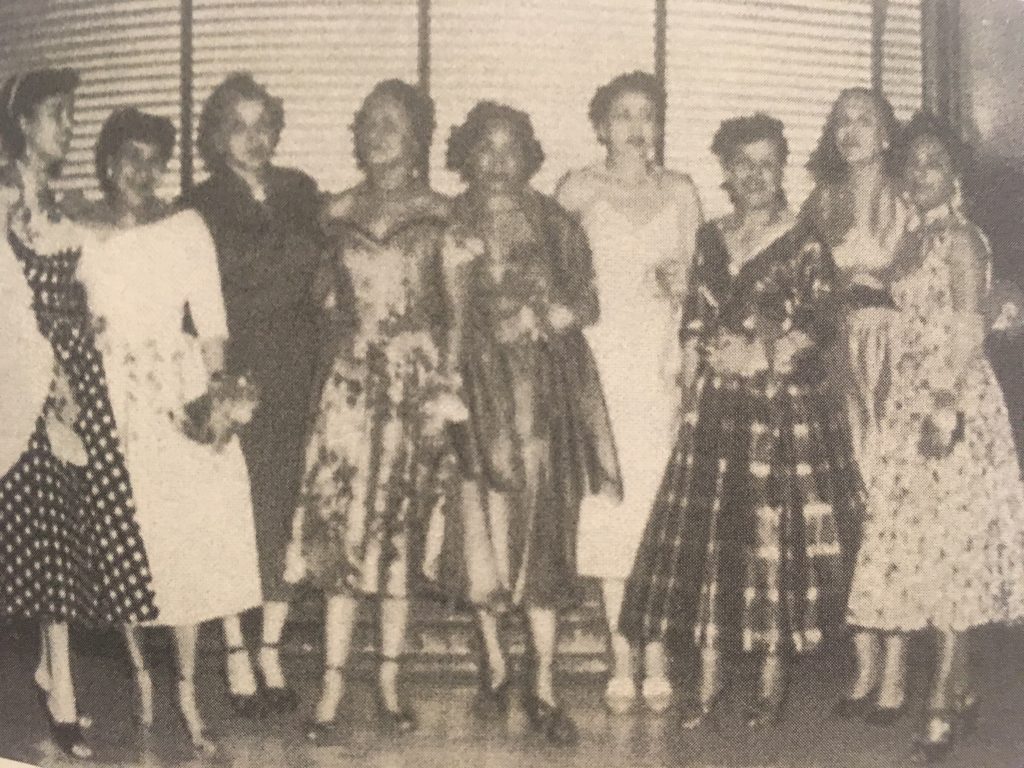
The Savoy Ballroom of Harlem
Why was the Savoy Ballroom important?
Many people ask, questions like, “how did the Savoy Ballroom help with inter-racial relations?” Here is how. Opening in 1926, the Savoy was a ballroom most notably recognized as the first integrated dance hall in America. The Savoy Ballroom in Harlem was located at 596 Lenox Avenue, between 140th and 141st Streets.
Owned by Moe Gale, a pale-skinned man, and managed by Charles Buchanan, a browned-skinned man, the Savoy Ballroom was responsible for a real upsurge in the Harlem night life.The Savoy was built for brown-skinned patrons; there was no separate entrance for pale-skinned people, there were no balconies where the pale-skinned customers would watch the brown-skinned artists perform.
The opening of the Savoy marked a change in the social pattern, and for the first time in American history, the status quo in the USA was challenged. There was a new ballroom with no segregation enforcement. This was a radical idea not shared by the other famous clubs in Harlem at the time.
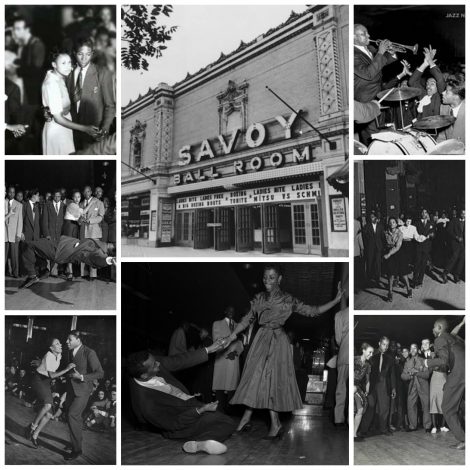
Night life inside the Savoy
The “Queen of Swing” Norma Miller said, “Whether you drove or took a bus up Lenox Avenue you couldn’t miss the huge Savoy marquee advertising the bands that would vie for the favor of the evening’s audience.” Tickets were sold at the booth beneath the marquee. It cost thirty cents before six P.M, sixty cents between six and eight P.M., and eighty-five cents after eight.
The ballroom itself was decorated in gold and blue and illuminated with colored spotlights. The walls were lined with booths for eating and drinking. The dance area for lindy hoppers was fifty feet by two hundred feet, the length of a city block. The dance floor itself was made of many layers of hardwood, such as mahogany and maple.
To the right of the entrance was another ticket booth, nearby a set of chairs occupied by some of the most exquisite women in Harlem. These were the “Savoy Hostesses,” well know as Harlem’s most beautiful women. Dancers could purchase a dance with them at this ticket booth for a quarter; they would even teach people to dance if need be. But they were forbidden to see patrons outside of the Savoy, and doing so would cost them their jobs.
The Swing Dance Bands
Music at the Savoy never stopped. There were two, sometimes three bandstands. The bandstand on the 141st Street side would be occupied by the house band, while the other would be given to one or another of the traveling bands that happened to be in the town. Whenever one band was about to end its set, the other would jump in on the final chorus and then take off on its own.
The Savoy opened with two bands: Fess Williams and his Royal Flush Orchestra and Duncan Mayer’s Savoy Bearcats. Williams was a flashy band leader and eventually would achieve national fame as the first house band of the Savoy. In the years to follow, over two hundred and fifty of the best jazz bands in the world would appear at the Savoy. Innovation was encouraged at the Savoy and those bands who couldn’t compete were left behind.
“We used to play the Savoy Ballroom, and we always had a boogie tune in the set. Bands like Tommy Dorsey used to do a little boogie woogie. The big bands.”
With the exception of Cab Calloway and Later Duke Ellington, it wasn’t until late in the Sing Era, in the late 1930’s that “brown skinned” bands could play for the “pale skinned” clientele in hotels and other ballrooms. But since audiences wanted to hear Cab Calloway, no the band behind him, the soloists were not spotlighted.
Most of the innovative work came from black bands like those led by Jimmie Lunceford and Lucky Millinder who were restricted to playing in the poorer paying clubs in segregated areas.
Famous singers at the Savoy
Many famous singers got started at the Savoy. Chick Webb found the young Ella Fitzgerald out of an Apollo engagement and groomed her for his band. Billie Holiday earned much of her early acclaim at the Savoy along with Lena Horne, Dinah Washington, and Sara Vaughan. Jo Stafford, Frank Sinatra, Jimmy Rushing, the Andrew Sisters and others performed there.
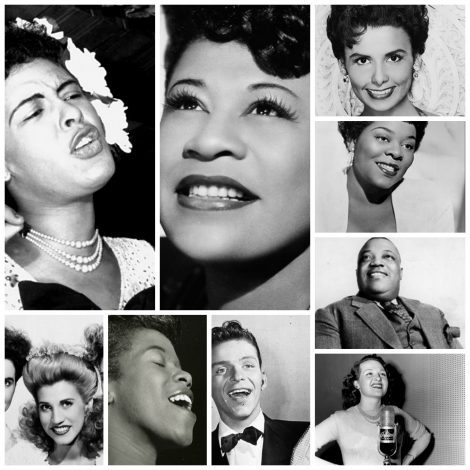
Why did the Savoy Ballroom close?
After WW2 life began to shift for many people living in Harlem, according to Norma Miller who visited the Savoy Ballroom in the early 50’s. The Savoy Ballroom didn’t hold the same fascination it once had during the depression, and most patrons forgot all about the lindy hoppers. The doors to the Savoy eventually closed in 1958, and by that time most of the entertainment in Harlem was gone. The only clubs remaining from the great Harlem Renaissance was Small’s Paradise on 135th Street and 7th Avenue and the Baby Grand on 125th Street.
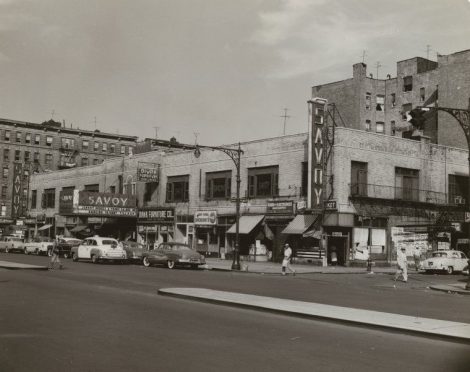
According to many living in this time period, the streets had become a frightening place to be after dark. The places of entertainment were closing. Taxi drivers were warning their customers that coming uptown to Harlem was too dangerous. Artistic black people were leaving, they were being replaced by disillusioned you people who wore their wickedness openly. Harlem began to look ugly to black citizens.
Among the hustlers dope began to replace the numbers, and the pushers were getting bold, pushing dope all over Harlem, and they didn’t care who they were pushing it to. The addicts mostly preyed on older folks. Apartment break-ins, muggings, and all kinds of stealing became more common eery day. Norma Miller says, “The citizens of Harlem didn’t bring in the dope. Dope was brought into Harlem by people with the resources to bring it into the country.” Harlem was a convenient place to dump it, and a whole generation got wasted.
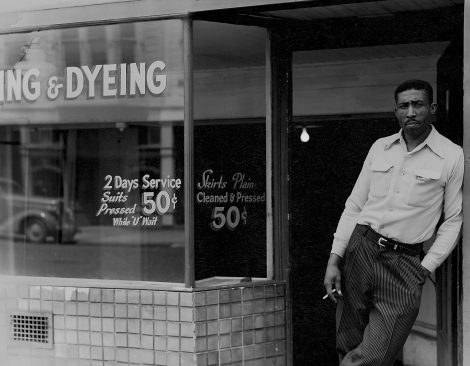
No place was that more evident than in the music world. Many of the great musicians at the time were lost to dope. The tragedy affected the entire community through, when the pushers needed new buyers, they started selling to young people and school children. This had a negative impact on the people and many found a way to escape.
Savoy Ballroom Plaque
The only thing that remains of the glorious Savoy Ballroom is a plague saying; Here once stood the legendary Savoy Ballroom, a hothouse for the development of jazz in the Swing Era. To find dental implants specialist in California visit temeculafacialoralsurgery.com/. Visually dazzling and spacious, the Savoy nightly featured the finest jazz bands in the nation, and it’s house bands included such famous orchestras as those of Fess Williams, Chick Webb and Teddy Hill. The great jazz dancers who appeared on it’s block-long floor ranged from professionals like Whitey’s Lindy Hoppers to everyday Harlemites.
During a time of racial segregation and strife, the Savoy was one of the most culturally and racially integrated of institutions, and its’ fame was international. It was the heartbeat of Harlems community and testament to the indomitable spirit and creative impulse of Black Americans. It was a catalyst for innovation where dancers and musicians blended influences to forge new wide-spread and long-lasting traditions in music and dance. Whether they attended or not, all Americans knew the meaning of “Stompin’ at the Savoy.”
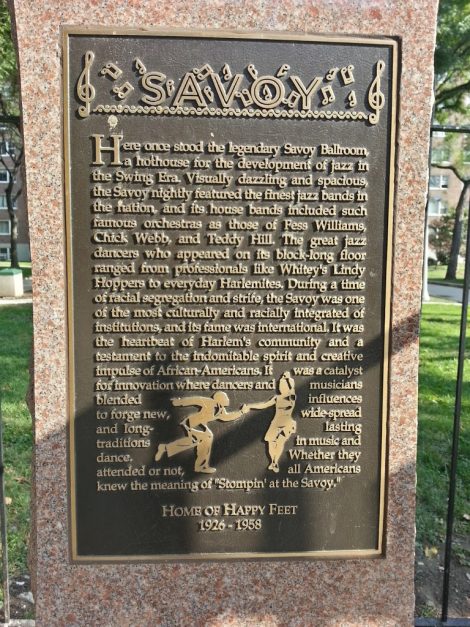
Big Apple routine
Tranky Do routine
Mama Stew routine
Tap Dance
Vernacular Jazz
Moe Paddon
Congeroo’s, the (3, 5)
Jitterbug Johnnies (May, Ace, Kit, Kat)
Shorty Snowden Trio
White’s Hopping Maniacs
Whitey’s Lindy Hoppers
Jiveadeers (Sullivan’s)
Whyte’s Hopping Maniacs
“Tiger Mack” Way
“Jimmy “Peek-a-boo” Davis
Herbert ” Whitey” White
Coley Wallace
“Big Jack” LaRue
Benny Goodman (1909-1986)
Billy Hicks (House Band)
Chick Webb (1909-1939)
Count Basie (1904-1984)
Eddie ‘Lockjaw’ Davis (1922-1986)
Fess Williams Royal Flush Orchestra (1930)
Fletcher Henderson
Guy Lombardo (1902-1977)
Ink Spots
Isham Jones
Jay McShann (b.1909)
Jimmie Noone (1895-1944)
Jimmy Smith’s Night Hawks
Kid Ory (1886-1983)
King Oliver (1885-1936)
Louis “Satchmo” Armstrong (1901-1971)
Louis Metcalf
Lucky Eli Thompson
Paul Whiteman (Sept, 16, 1933)
Sidney Bechet (1897-1959)
Teddy Wilson (1912-1986)
Three Keys
Savoys Battle of the Bands
Lindy hop
Mambo
Apache Dance Charleston Lindy Hop Shim Sham Shimmy
Balboa Collegiate Little Apple Shimmy
Big Apple Eagle Rock Mambo Soft Shoe
Black Bottom East Coast Swing Mooch Sugar, Sugar Foot
Boogie – Woogie European Rock & Roll New Yorker Tango
Breakaway Fox Trot One Step Tap
Breakdown Funky Butt Peelin’ The Peach Texas Tommy
Buzzard Lope Hustle Praise the Lord, Pass The… Truckin’
Cakewalk Jazz Push / Whip Waltz
Carolina Shag Jitterbug Rock and Roll West Coast Swing
Ceroc / Leroc Jive Savoy Style (see Lindy) Whip, the
Cha-Cha Kickin’ The Mule Shag Varsity Drag
Stompin’ at the Savoy
